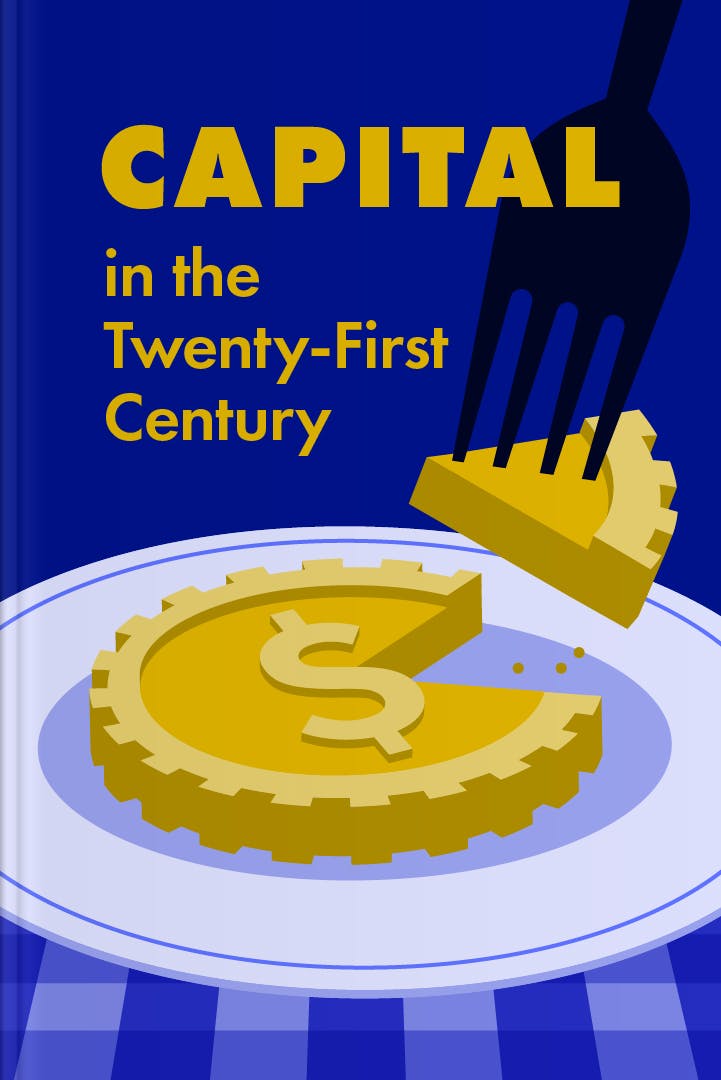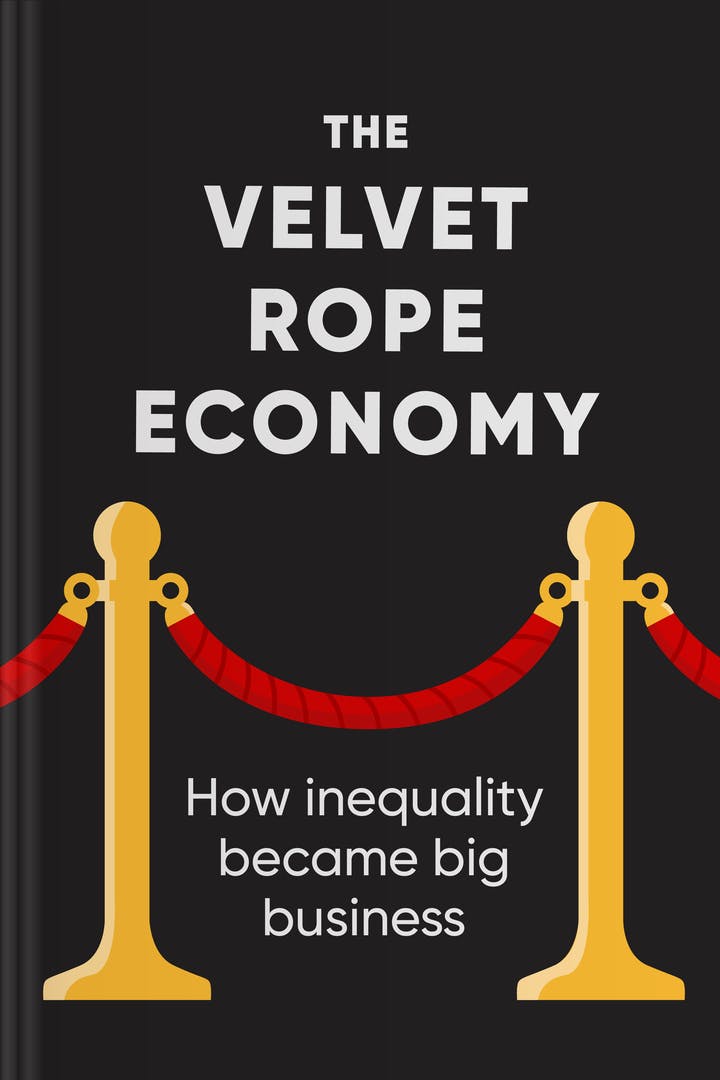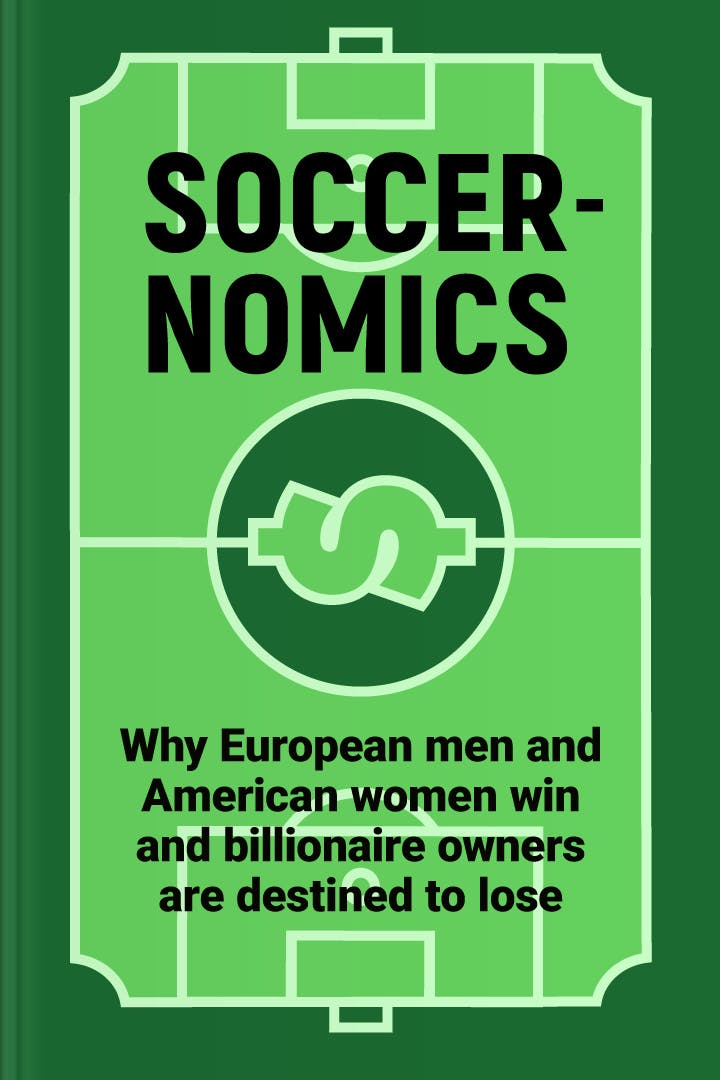4 Best Wealth Inequality Books
Discover eye-opening books that delve into the pressing issue of wealth inequality, offering insightful perspectives and solutions.
 1
1Good Economics for Hard Times
by Abhijit V. Banerjee, Esther Duflo
What is Good Economics for Hard Times about?
"Good Economics for Hard Times" offers a fresh perspective on the pressing issues of our time, such as inequality, immigration, and climate change. Written by two Nobel laureates in economics, this book presents evidence-based solutions to tackle these challenges, debunking common myths and providing practical insights. With a focus on real-world problems and the impact on everyday people, it offers a compelling and accessible analysis of how economics can shape a better future for all.
Who should read Good Economics for Hard Times
Economists and policymakers seeking evidence-based solutions for challenging times.
Individuals interested in understanding the impact of economics on everyday life.
Students and academics studying the intersection of economics and social issues.
 2
2Capital in the 21st Century
by Thomas Piketty
What is Capital in the 21st Century about?
In this thought-provoking book, the author delves into the dynamics of wealth and income inequality in the modern world. Through extensive research and analysis, he explores the historical patterns and economic forces that have shaped capital accumulation and distribution over the past few centuries. With a focus on the 21st century, the book offers a comprehensive examination of the challenges posed by rising inequality and provides insightful suggestions for a more equitable future.
Who should read Capital in the 21st Century
Economists and scholars interested in understanding wealth inequality.
Policy makers and politicians seeking insights into economic trends.
Individuals concerned about the impact of wealth disparities on society.
 3
3The Velvet Rope Economy
by Nelson D. Schwartz
What is The Velvet Rope Economy about?
In "The Velvet Rope Economy," Nelson D. Schwartz explores the rise of inequality and its transformation into a lucrative industry. Through captivating storytelling and insightful analysis, Schwartz reveals how access to essential services and opportunities has become a privilege reserved for the wealthy. From exclusive schools to luxury healthcare, this thought-provoking book sheds light on the alarming consequences of a society where inequality has become a profitable business.
Who should read The Velvet Rope Economy
Individuals interested in understanding the economic implications of inequality.
Policy makers seeking insights into the relationship between inequality and business.
Readers curious about the influence of wealth disparities on society.
 4
4Soccernomics (2022 World Cup Edition)
by Simon Kuper, Stefan Szymanski
What is Soccernomics (2022 World Cup Edition) about?
In this insightful book, two renowned sports economists delve into the world of soccer to uncover the secrets behind the success of European men's teams and American women's teams. They explore the factors that contribute to their victories, from historical, cultural, and economic perspectives. Additionally, the authors shed light on the precarious position of billionaire owners in the sport, arguing that their fate is ultimately doomed. A must-read for soccer enthusiasts and those interested in the economics of the game.
Who should read Soccernomics (2022 World Cup Edition)
Soccer enthusiasts seeking insights into the strategies and economics of the sport.
Sports analysts and journalists interested in understanding the factors behind European and American success in soccer.
Business professionals and investors looking to gain a deeper understanding of the financial dynamics and potential pitfalls of soccer ownership.
